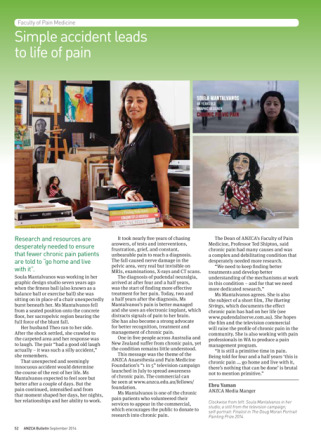 Research and resources are desperately needed to ensure that fewer chronic pain patients are told to “go home and live with it”.
Research and resources are desperately needed to ensure that fewer chronic pain patients are told to “go home and live with it”.
Soula Mantalvanos was working in her graphic design studio seven years ago when the fittness ball (also known as a balance ball or exercise ball) she was sitting on in place of a chair unexpectedly burst beneath her. Ms Mantalvanos fell from a seated position onto the concrete floor, her sacropelvic region bearing the full force of the blunt fall.
Her husband Theo ran to her side. After the shock settled, she crawled to the carpeted area and her response was to laugh. The pair “had a good old laugh actually – it was such a silly accident,” she remembers. That unexpected and seemingly innocuous accident would determine the course of the rest of her life. Ms Mantalvanos expected to feel sore but better after a couple of days. But the pain continued, intensified and from that moment shaped her days, her nights, her relationships and her ability to work.
It took nearly five years of chasing answers, of tests and interventions, frustration, grief, and constant, unbearable pain to reach a diagnosis. The fall caused nerve damage in the pelvic area, very real but invisible on MRIs, examinations, X-rays and CT scans.
The diagnosis of pudendal neuralgia, arrived at after four and a half years, was the start of finding more effective treatment for her pain. Today, two and a half years after the diagnosis, Ms Mantalvanos’s pain is better managed and she uses an electronic implant, which distracts signals of pain to her brain. She has also become a strong advocate for better recognition, treatment and management of chronic pain.
One in five people across Australia and New Zealand suffer from chronic pain, yet the condition remains little understood.
Ms Mantalvanos agrees. She is also the subject of a short film, The Hurting Strings, which documents the effect chronic pain has had on her life (see www.pudendalnerve.com.au). She hopes the film and the television commercial will raise the profile of chronic pain in the community. She is also working with pain professionals in WA to produce a pain management program.
“It is still a primitive time in pain. Being told for four and a half years ‘this is chronic pain … go home and live with it, there’s nothing that can be done’ is brutal not to mention primitive.”
Download/read the full article
Download/read the ANZCA Bulletin


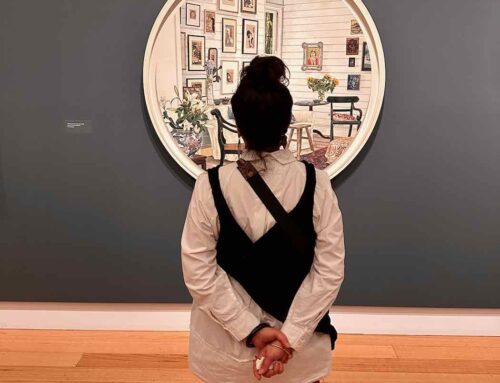
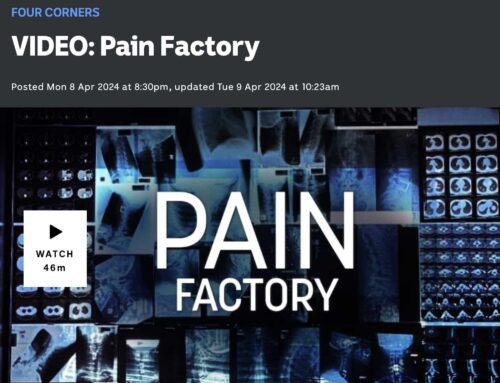
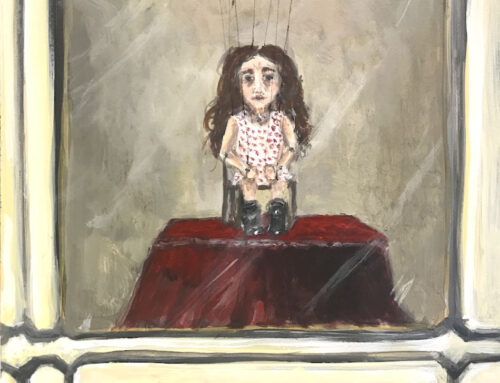
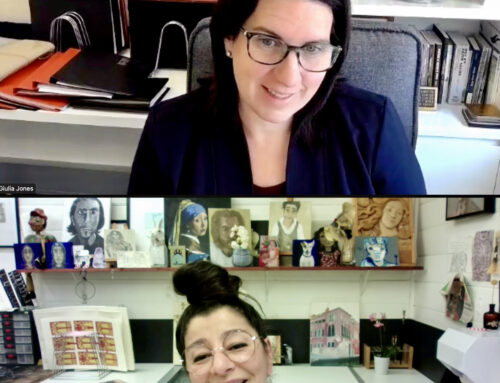
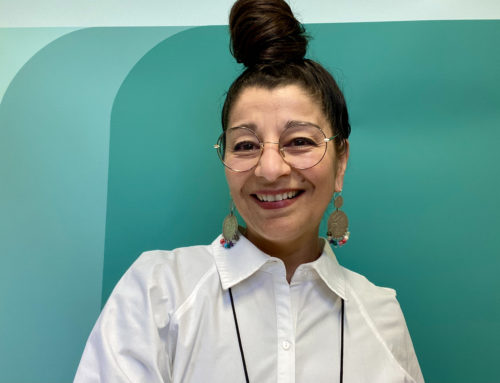
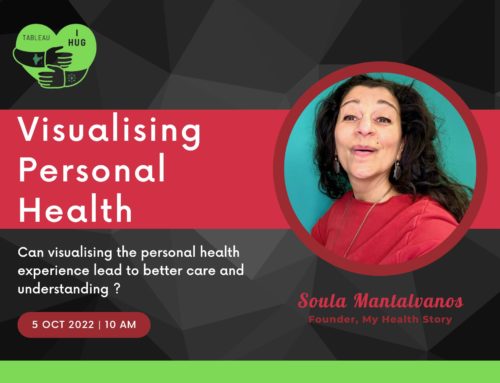
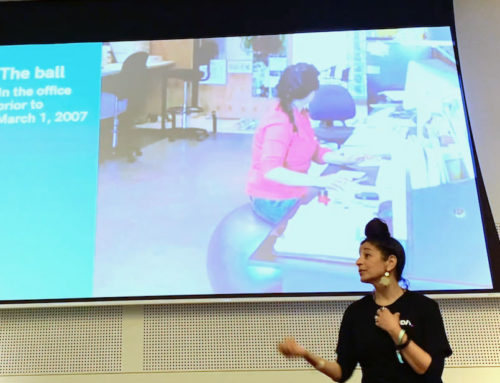
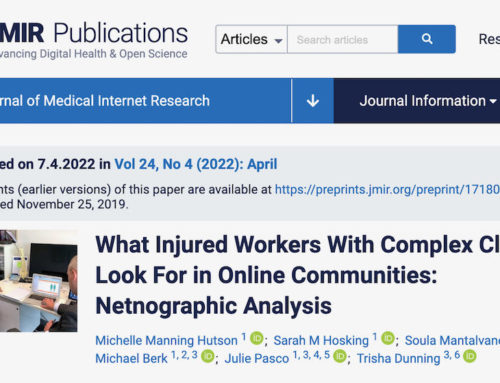
Thanks Ebru for this article.